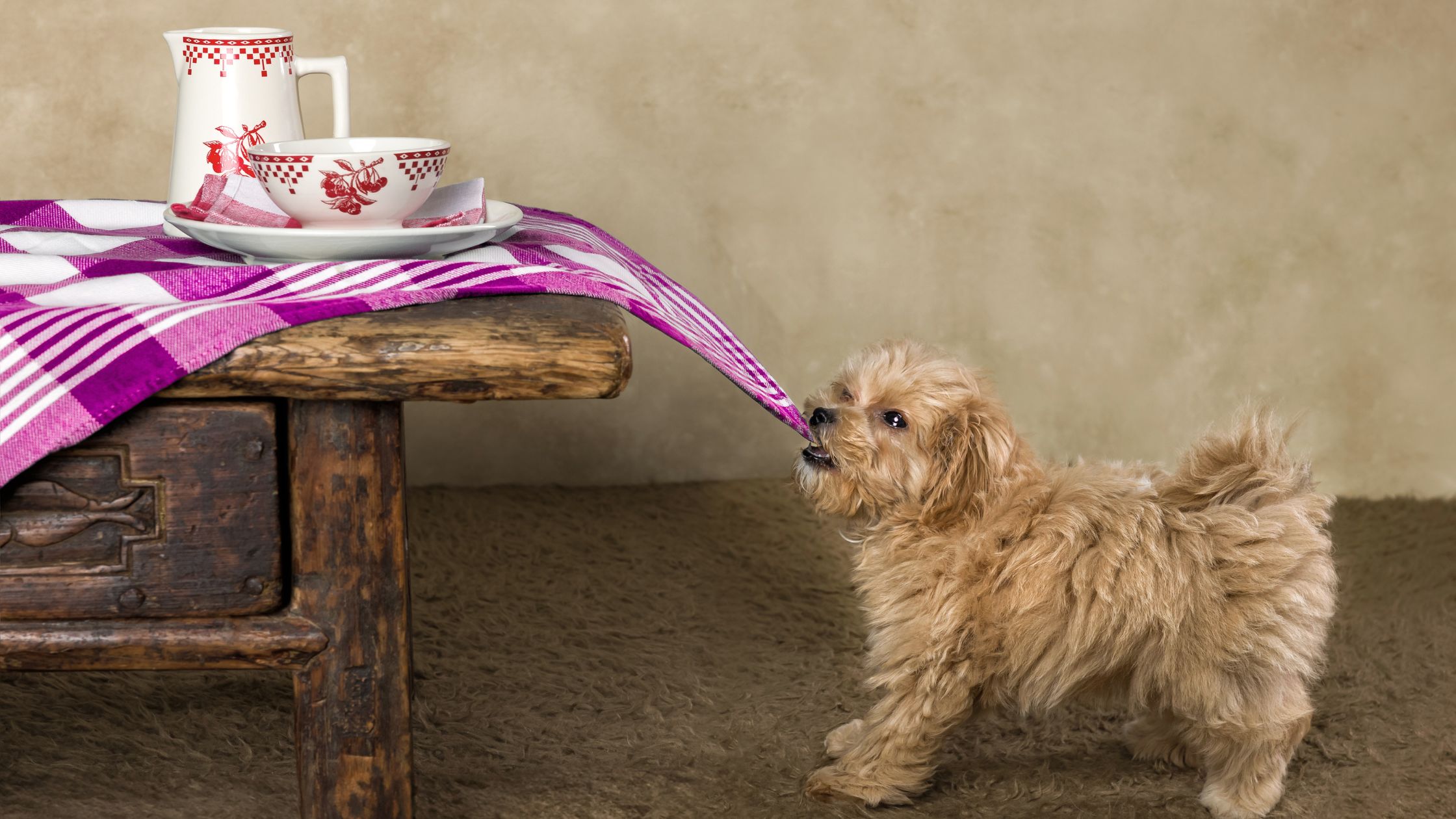
But My Dog Doesn’t Do That at Home!" Why Your Pooch Might Act Differently at a Pet Sitter’s Place
One of the most common phrases I hear as a dog sitter is: “But my dog doesn’t do that at home!” Whether it’s sneaky toilet accidents, sudden barking outbursts, velcro-dog clinginess, or turning into a tiny whirlwind of mischief, dogs can sometimes surprise even their most devoted humans when they’re staying somewhere new.
So, why the change in behaviour?
New place, new rules (or lack of them)
Dogs thrive on familiarity. At home, they know exactly where their bed is, which corner is theirs to curl up in, when dinner is served, and which couch they’re definitely not allowed on (even if they sneak onto it when you’re not looking). A new environment, like a pet sitter’s home, can throw it all out the window. They’re recalibrating.
The scent of unfamiliarity
Dogs experience the world through their nose. At home, the scent landscape is familiar and comforting. At a sitter’s, everything smells different. New humans, other dogs, strange toys, unfamiliar garden smells… It’s a sensory overload. This can lead to marking (yes peeing all over the house), accidents, or even anxious behaviour as they adjust.
Missing their humans
Let’s face it, most dogs are obsessed with their people. When you’re not around, even the most independent pooch might feel a little lost. This can show up as clinginess, barking, pacing, or restlessness. I’ve had more than one “cool and calm” Cavoodle turn into my fluffy shadow, following me from room to room like I’ve just announced I’m handing out treats.
Testing the boundaries
Just like kids on a sleepover, some dogs take your absence as an opportunity to push the limits. Will they still get a treat if they beg? Can they sneak onto the furniture when no one’s watching? Is that pot plant actually a toilet? Dogs are clever, and they’re always observing and learning. Sometimes they just want to see what they can get away with in this new space.
Other dogs = new dynamics
In a multi-dog setting, your pup’s behaviour can change as they figure out where they fit in the pack. A shy dog at home might become more confident, or a dominant one might suddenly become submissive. I once cared for a dog who was a total couch potato at home but suddenly turned into the social director of the group—organising playtime, games of chase, and enthusiastic zoomies in the backyard. A whole new side of his personality emerged.
Anxiety out the window
Often the most anxious dog at home, will be much more relaxed with us. One of the biggest reasons is their pawrent is anxious with them so they pick up on this. In a new environment, an anxious dog can actually thrive and become more confident. We see this ALL the time.
Routine reset
Your dog’s at-home routine might be clockwork, but at a sitter’s, things run a little differently. Meal times, toilet breaks, nap spots are all of these shifts can cause temporary confusion or off-kilter behaviour. Most dogs adjust quickly once they feel secure, but those first 24 hours can be a little wobbly.
So what can you do?
- Be honest with your sitter about your dog’s habits, quirks, and triggers. The more we know, the better we can support them.
- Send familiar items like a blanket, a fave toy, or even an unwashed shirt of yours can help your dog feel more at ease.
- Expect a bit of adjustment time. Give them space to settle in.
- And remember, unusual behaviour doesn’t mean they’re unhappy,it just means they’re adapting.
At the end of the day, your dog’s a creature of habit and when their surroundings change, so might their behaviour. It’s not bad manners, it’s just dog life. They’re doing their best in a new situation, and with a little patience, they usually settle right in. And honestly, sometimes it’s just funny. I’ll never forget the “totally toilet-trained” pup who looked me dead in the eye and peed on my welcome mat five minutes after arrival. Message received.
Got a funny “my dog never does that at home” moment to share? I’d love to hear it.